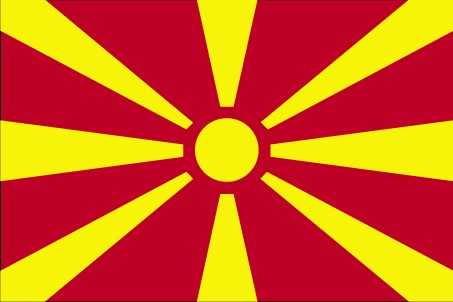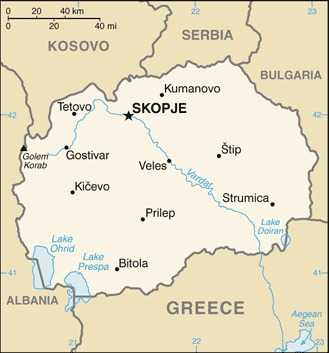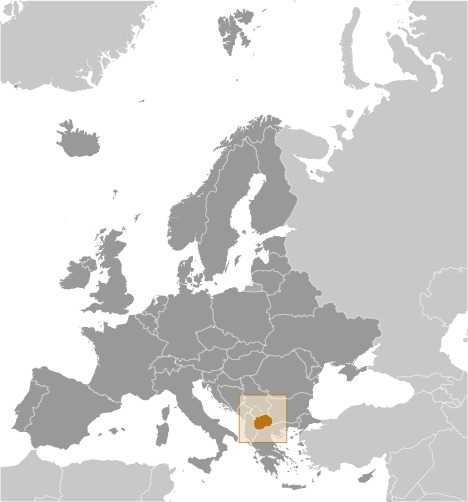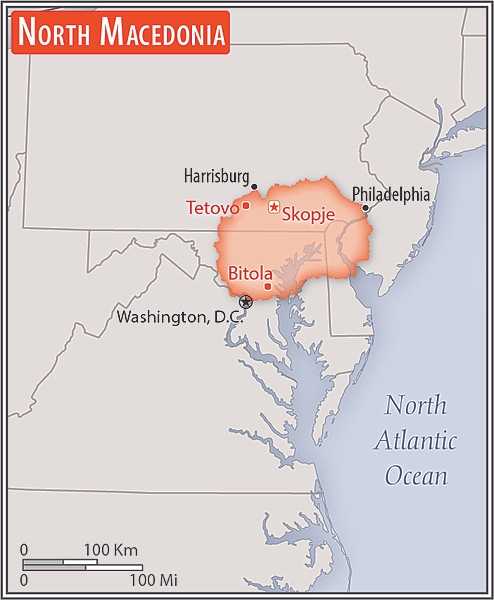Introduction
Visit the Definitions and Notes page to view a description of each topic.
Geography
People and Society
Population
comparison rankings: total 149; male 149; female 148
Languages
Median age
comparison ranking: total 59
Population growth rate
comparison ranking: 187
Birth rate
comparison ranking: 181
Death rate
comparison ranking: 43
Net migration rate
comparison ranking: 72
Maternal mortality ratio
comparison ranking: 185
Infant mortality rate
comparison ranking: total 156
Life expectancy at birth
comparison ranking: total population 92
Total fertility rate
comparison ranking: 198
Obesity - adult prevalence rate
comparison ranking: 77
Alcohol consumption per capita
comparison ranking: total 97
Children under the age of 5 years underweight
comparison ranking: 117
Environment
Carbon dioxide emissions
comparison ranking: total emissions 121
Government
Economy
Real GDP (purchasing power parity)
comparison ranking: 136
Real GDP growth rate
comparison ranking: 122
Real GDP per capita
comparison ranking: 90
Inflation rate (consumer prices)
comparison ranking: 112
GDP - composition, by sector of origin
comparison rankings: agriculture 101; industry 111; services 95
Industrial production growth rate
comparison ranking: 103
Labor force
comparison ranking: 152
Unemployment rate
comparison ranking: 170
Youth unemployment rate (ages 15-24)
comparison ranking: total 21
Gini Index coefficient - distribution of family income
comparison ranking: 93
Public debt
comparison ranking: 135
Taxes and other revenues
comparison ranking: 66
Current account balance
comparison ranking: 107
Reserves of foreign exchange and gold
comparison ranking: 96
Debt - external
comparison ranking: 69
Energy
Electricity
comparison rankings: installed generating capacity 115; consumption 125; exports 34; imports 35; transmission/distribution losses 99
Energy consumption per capita
comparison ranking: 87
Communications
Telephones - fixed lines
comparison ranking: total subscriptions 98
Telephones - mobile cellular
comparison ranking: total subscriptions 152
Broadband - fixed subscriptions
comparison ranking: total 95




